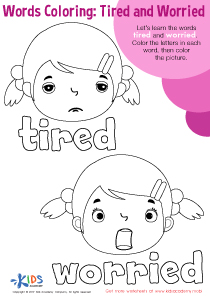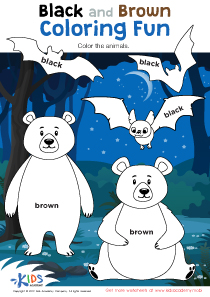Number Recognition English for Beginners Worksheets for Ages 4-9
13 filtered results
-
From - To
Introducing our "Number Recognition English for Beginners Worksheets for Ages 4-9!" Perfect for young learners, these engaging worksheets help children master number recognition while improving their English language skills. Designed for ages 4-9, each worksheet features fun activities like tracing, matching, and coloring that make learning enjoyable and effective. Ideal for ESL students, these resources cater to various learning styles, reinforcing both numerical and linguistic abilities. Foster your child's early math and English skills with our specially crafted worksheets, making education an exciting adventure. Download, print, and start learning today!
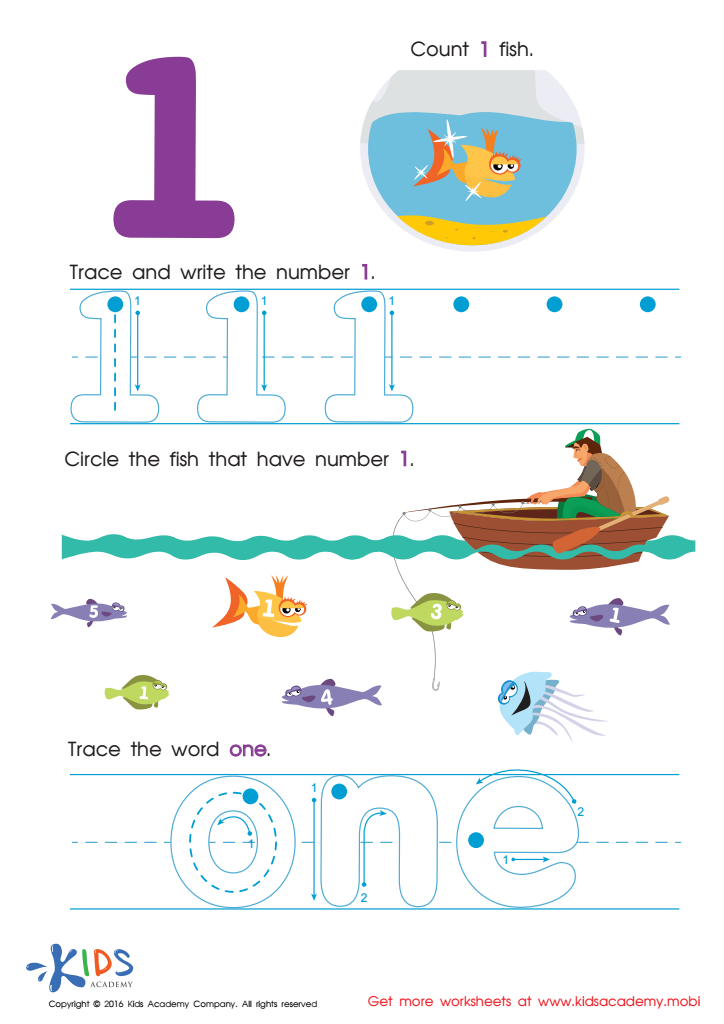

Learning to Write 1 Worksheet
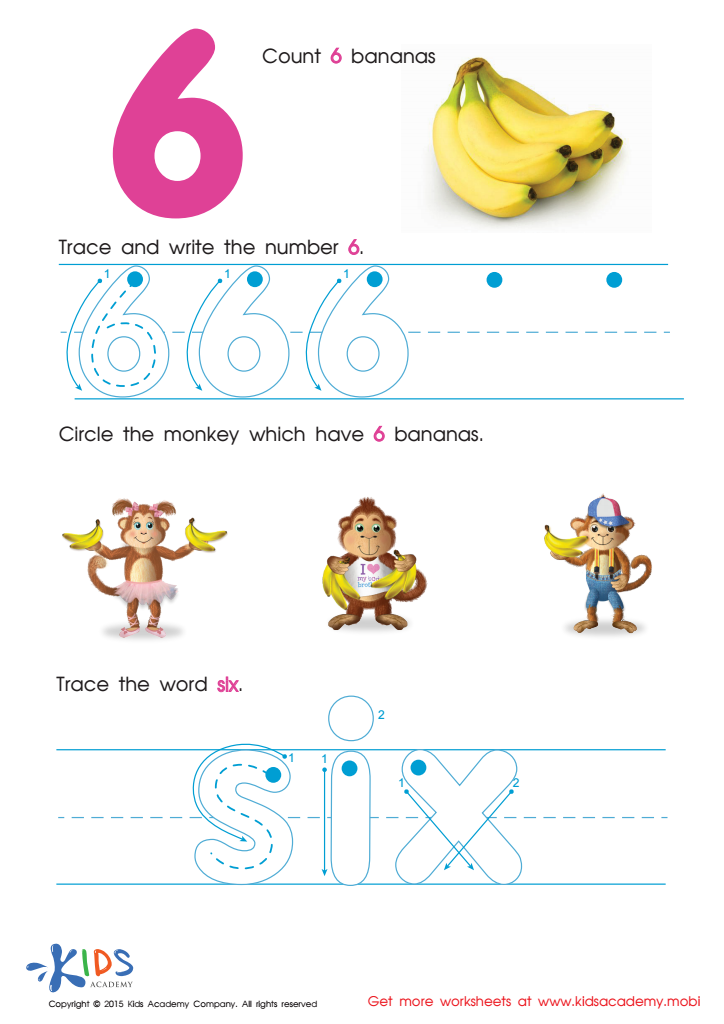

Tracing And Writing Number 6 Worksheet
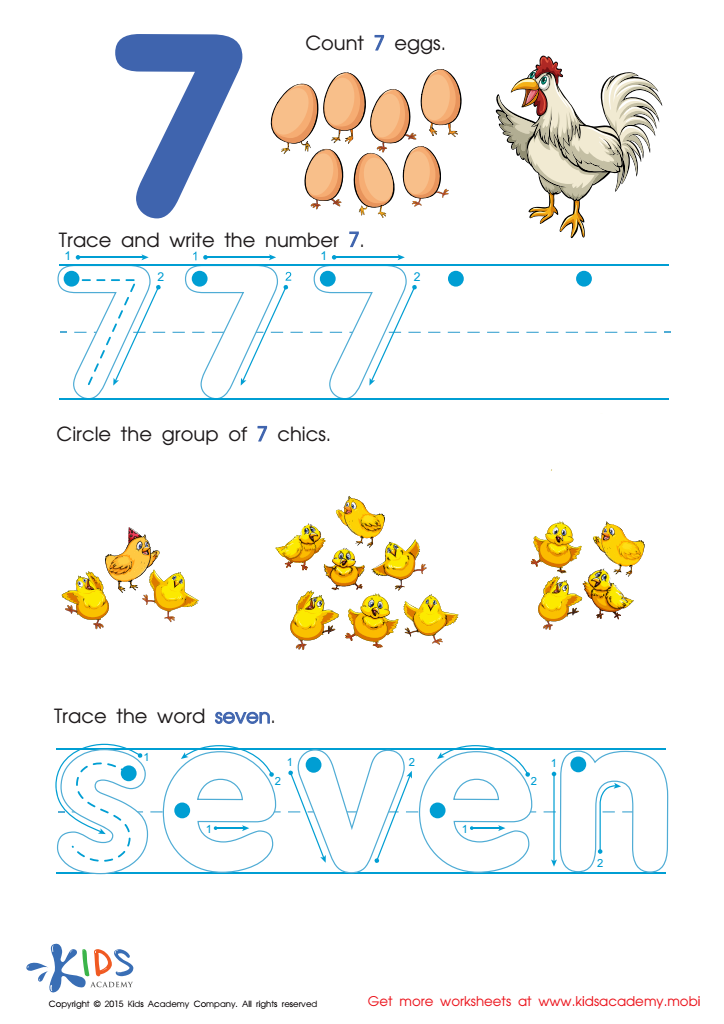

Trace And Write Number 7 with Fun Worksheet
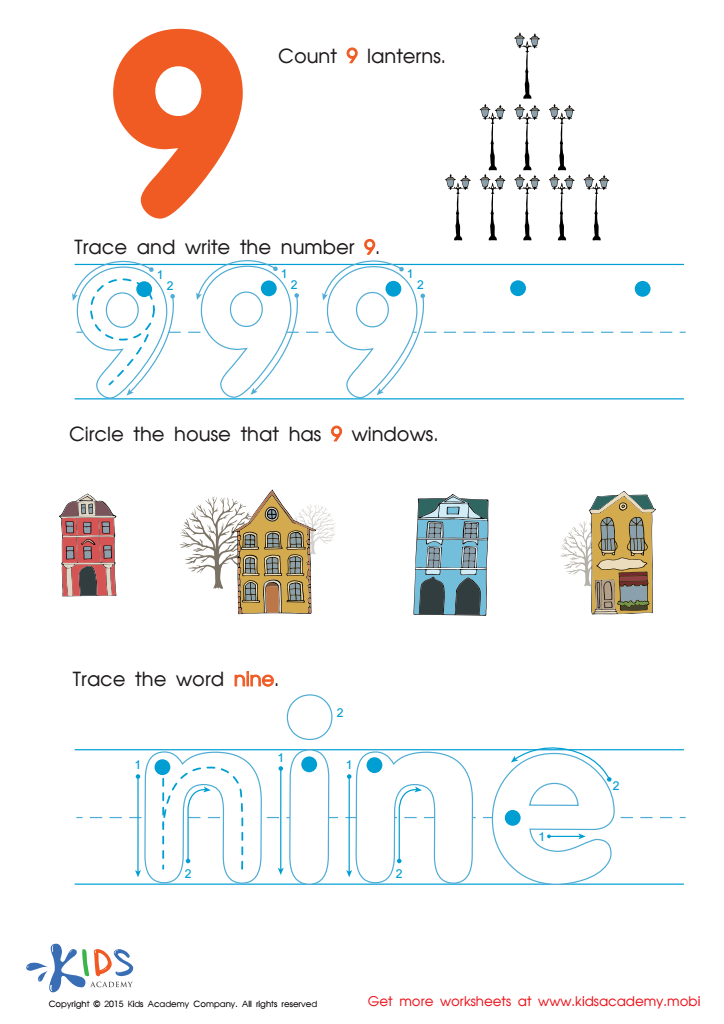

Tracing And Learning to Write Number 9 Worksheet
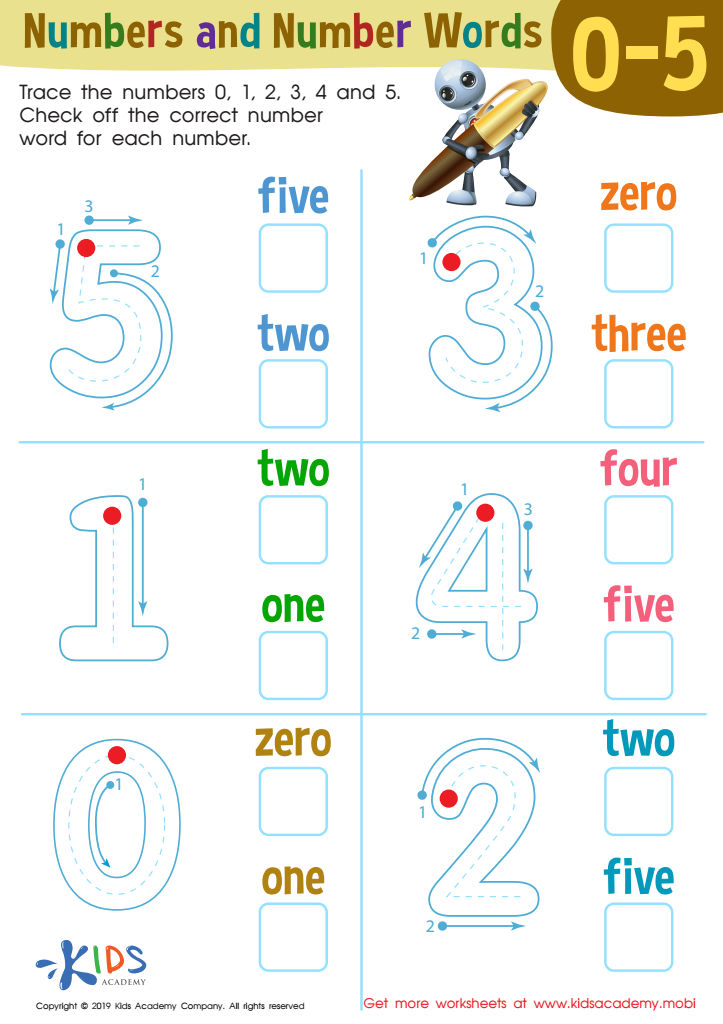

Numbers and Number Words Worksheet


Learning Number Three Worksheet
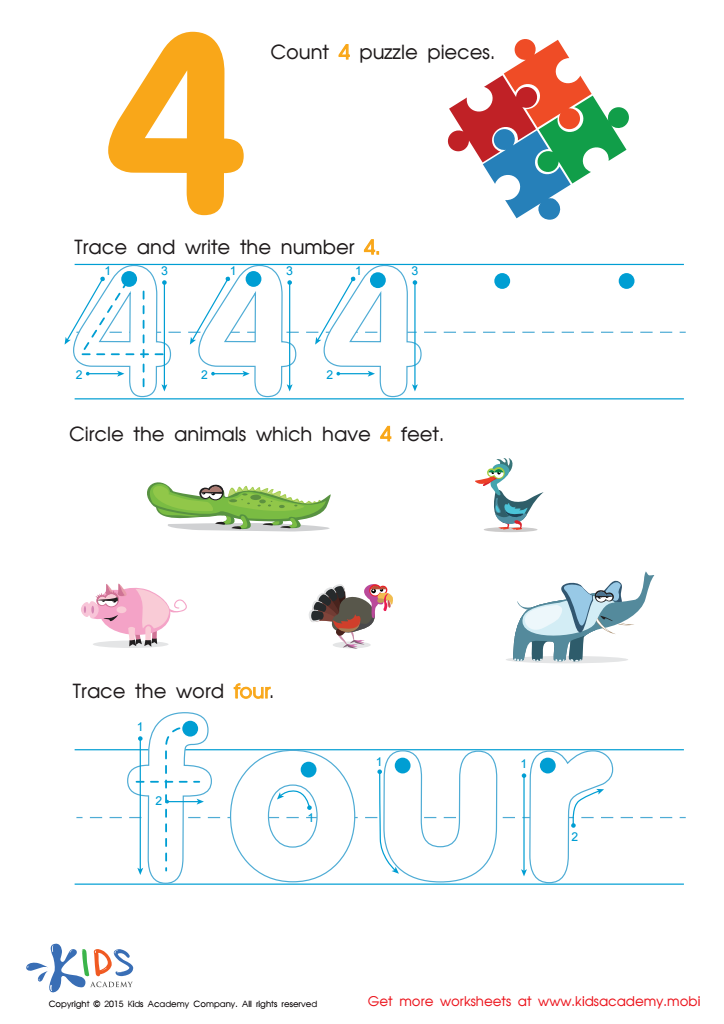

Teaching Children to Write Number 4 Worksheet
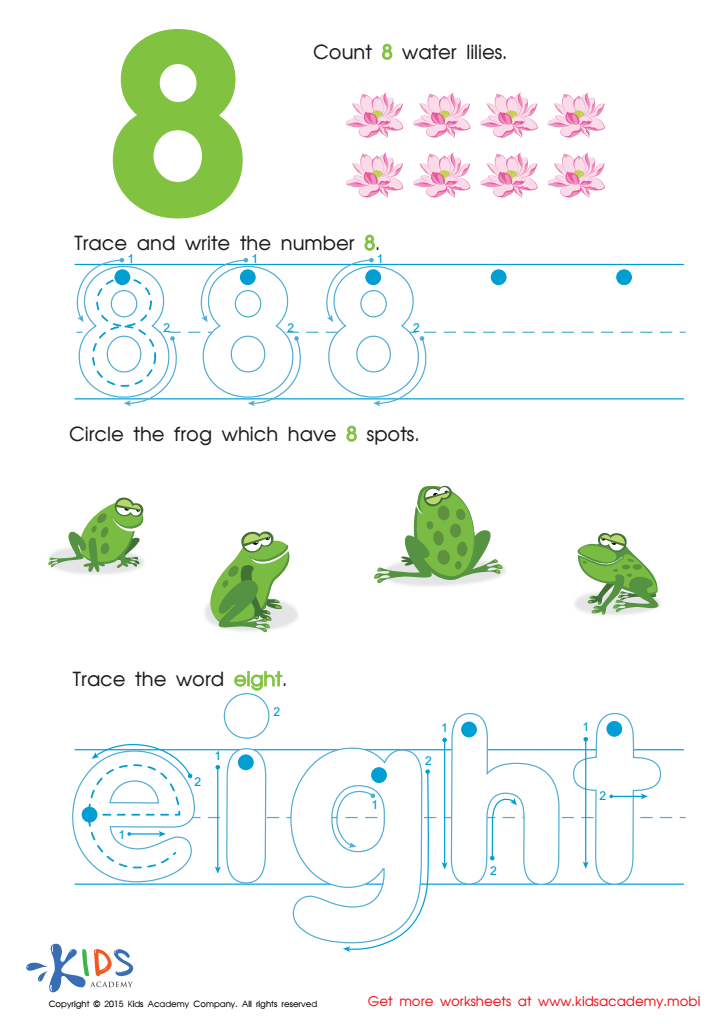

Learn Number 8 Easily Worksheet
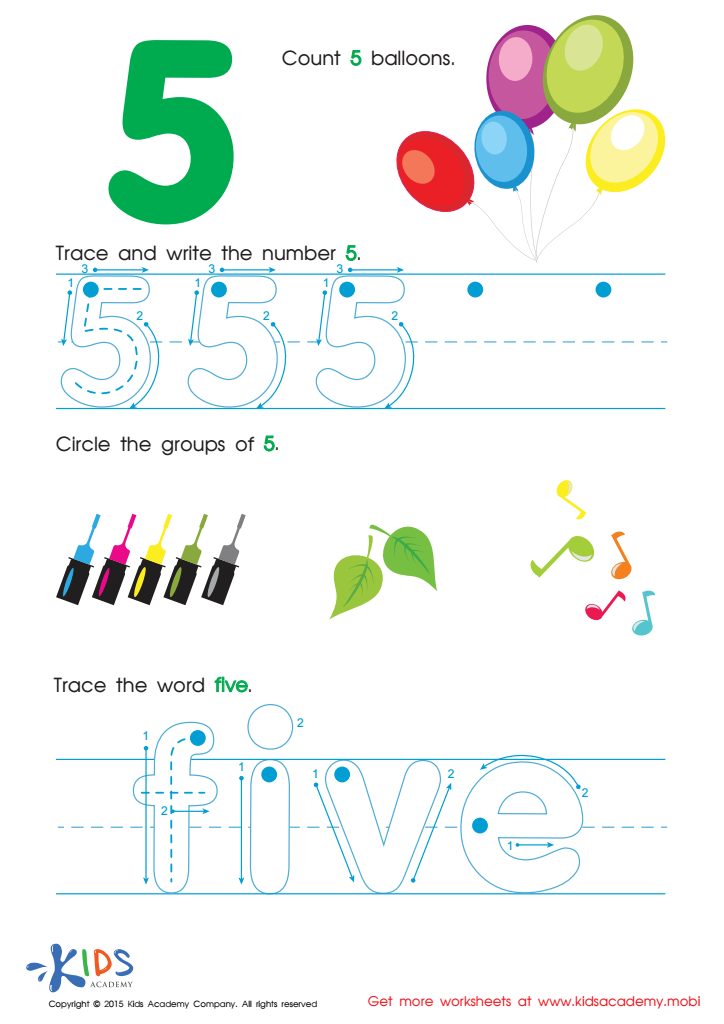

Practice Writing Number 5 Worksheet
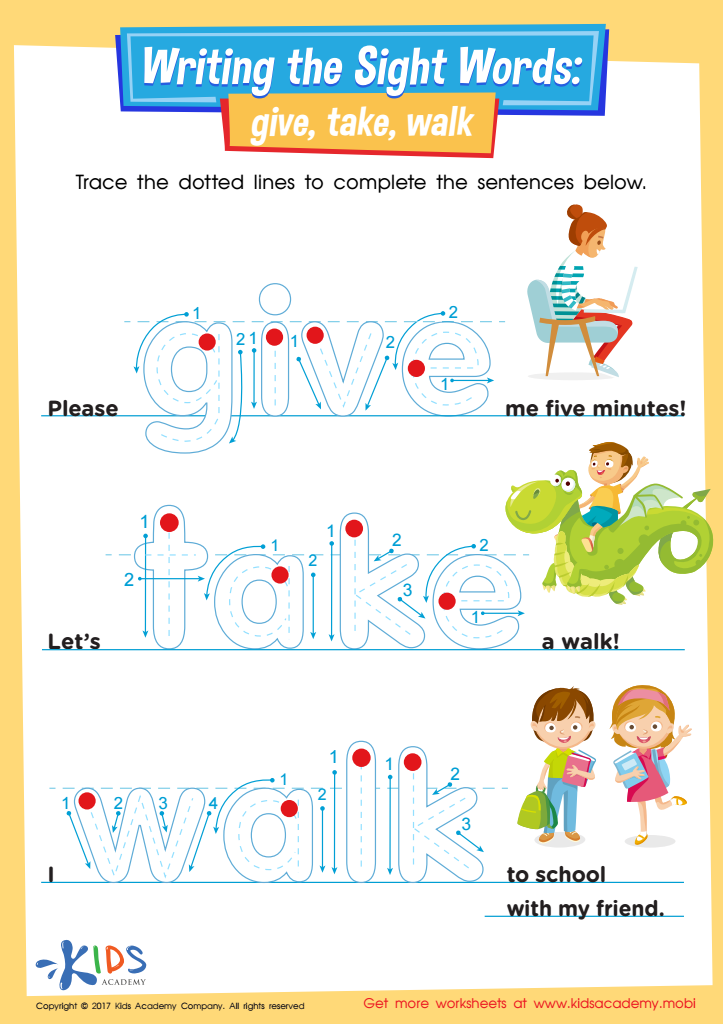

Give, Take, Walk Printable Sight Words Worksheet
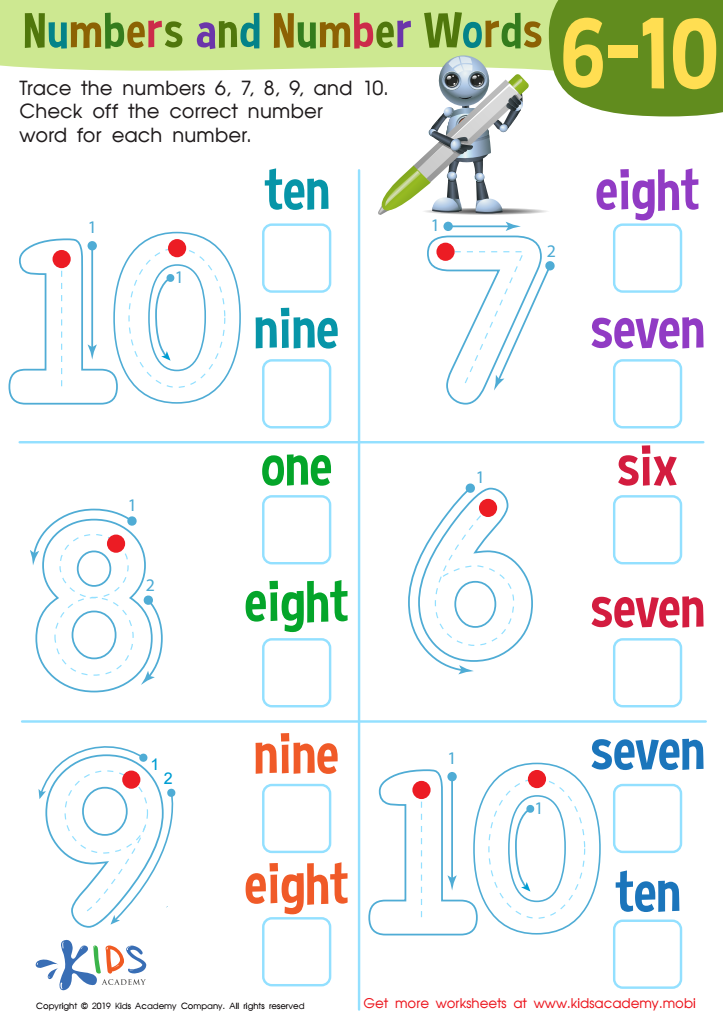

Numbers and Number Words 6–1 Worksheet
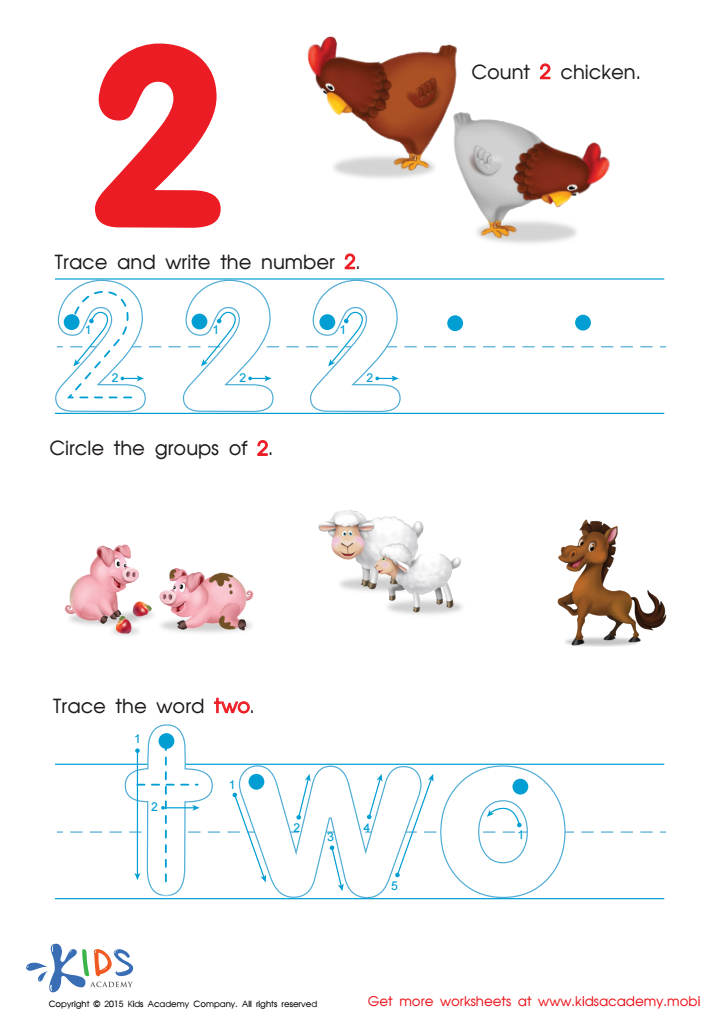

Learn to Write the Number 2 Worksheet
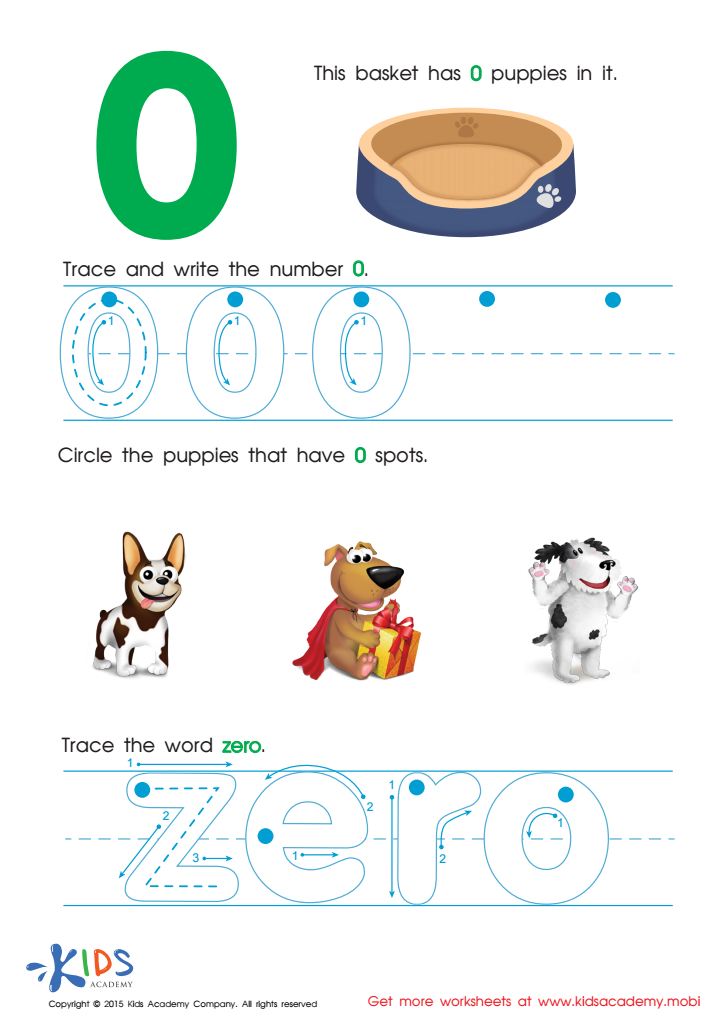

Trace And Write Number 0 Worksheet
Number recognition is a foundational skill crucial for young learners aged 4-9 as it underpins future mathematical learning and problem-solving. For parents and teachers, fostering this skill early on lays the groundwork for a child's academic success. Recognizing numbers not only encompasses identifying the digit's shape but also understanding its value and how it fits within a sequencing and counting system.
Number recognition aids in developing cognitive abilities related to memory, logic, and spatial reasoning. It supports children in understanding more complex concepts like addition, subtraction, and eventually, multiplication and division. Moreover, early number skills are often intertwined with language abilities. Discussing numbers, counting objects, and simple math-related storytelling can enhance vocabulary and comprehension, overlapping with literacy development.
Engaging with numbers enhances fine motor skills when children physically write digits or use manipulatives such as counting blocks. It promotes a sense of independence and self-confidence as children realize their capability to solve everyday problems, like tracking how many candies they have or setting the table for family members.
In essence, number recognition is not just about mathematics; it nurtures a comprehensive set of skills critical for educational attainment and day-to-day life. By prioritizing this in early education, parents and teachers help build a robust platform for lifelong learning.
 Assign to My Students
Assign to My Students




